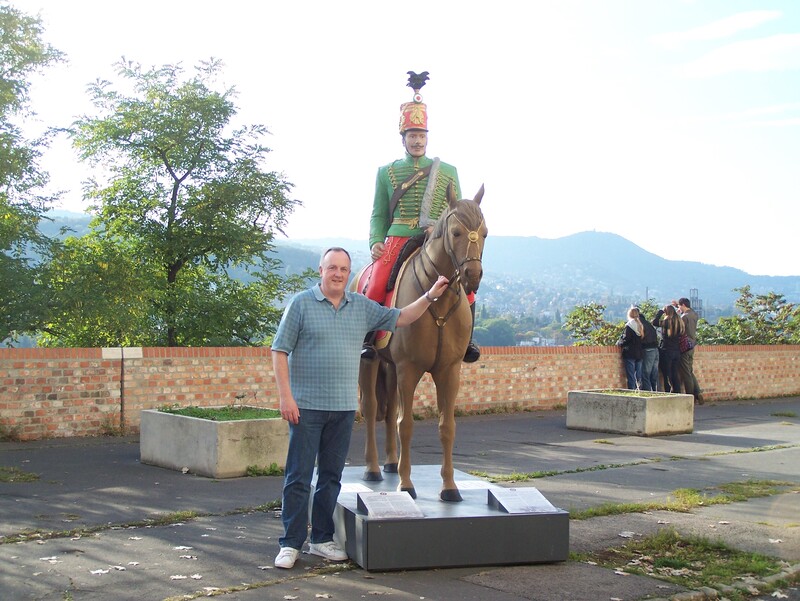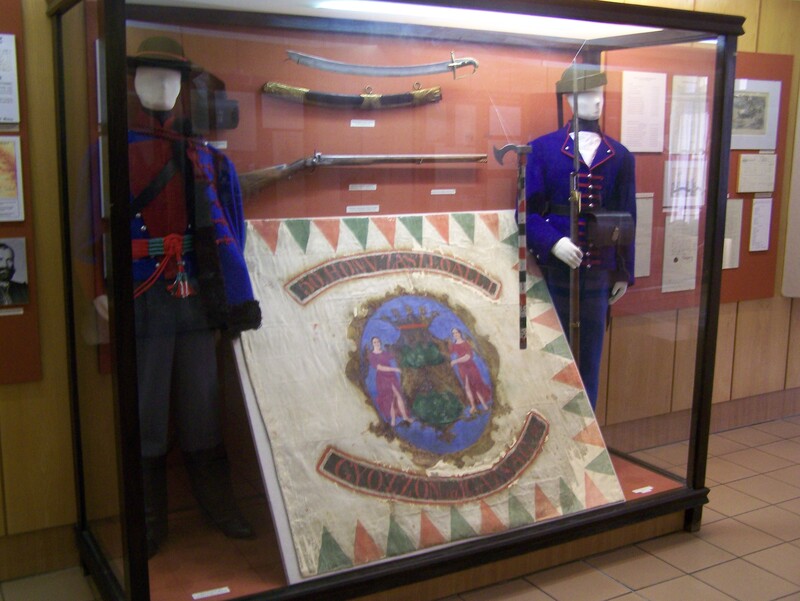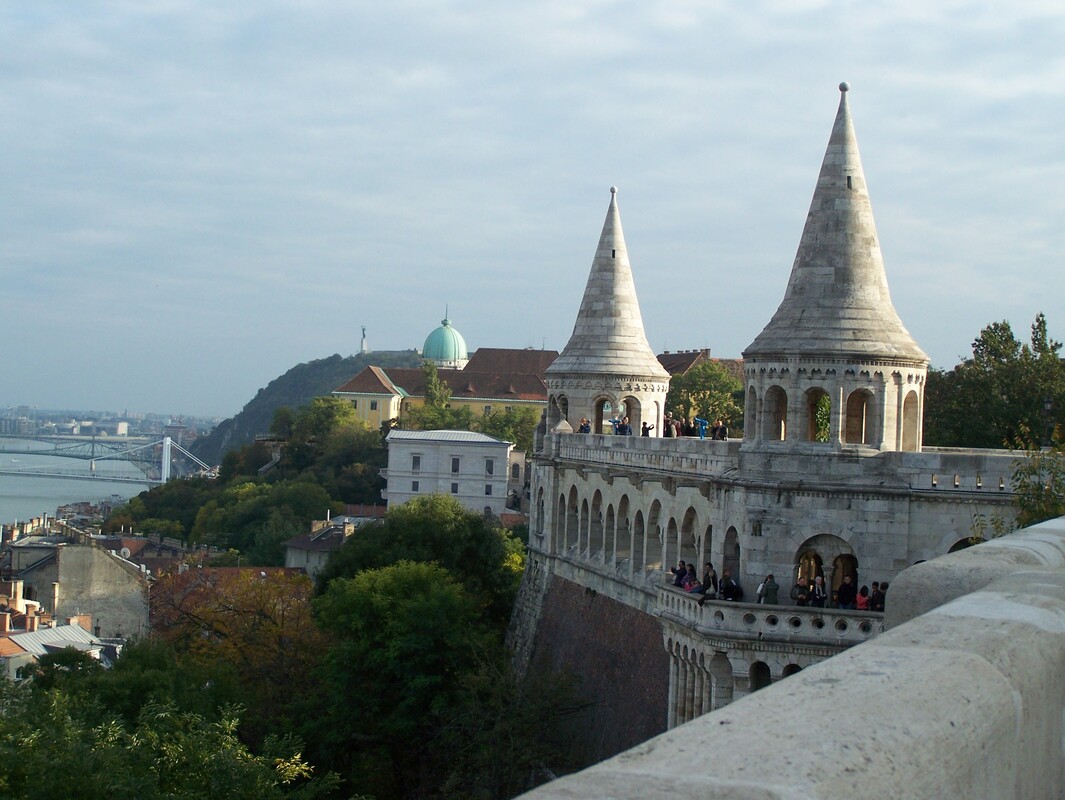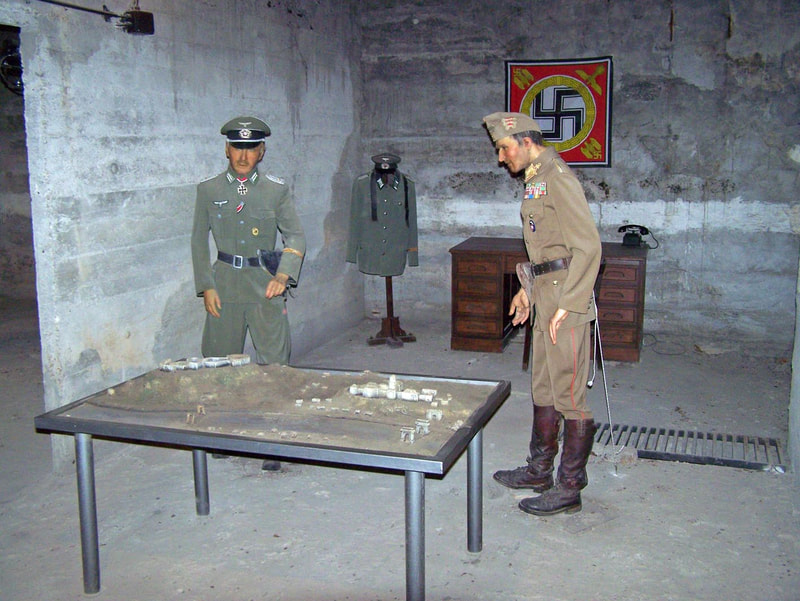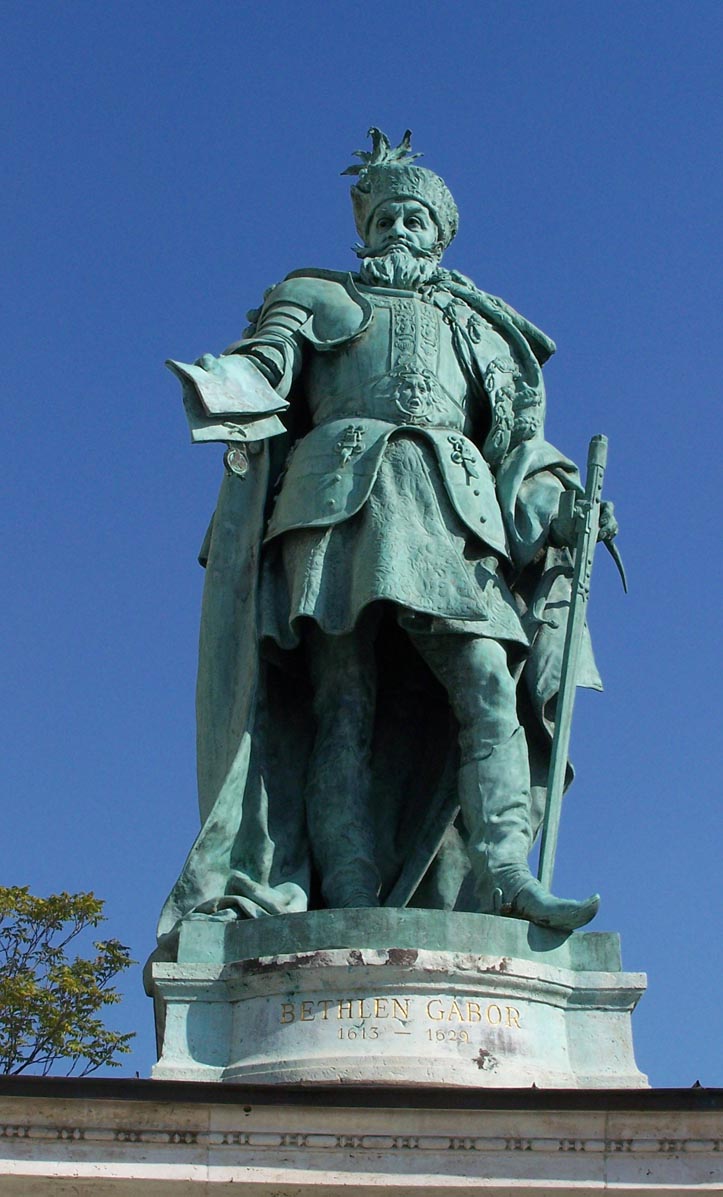- Home
- About
-
Travel
-
Features
- Dyrrachion1081
- Normans in the Balkans
- Manolada 1316
- Kosovo 1389
- Castles on the Danube
- Late Medieval Bosnian Army
- Doboj 1415
- Wallachian and Moldovan troops of the Napoleonic wars
- Anchialos 917
- Slovenian Borderlands
- The Zadruga and the Military Border
- Cretan War in the Adriatic
- Salonika 1916
- Uskoks of Senj
- Siege of Klis 1537
- Eugene in the Balkans
- Moldavian Surprise 1711
- Austro-Turkish War 1737-9
- Militargrenze
- Invading Ottoman Turkey
- Siege of Ragusa 1814
- Russo-Turkish War 1806-12
- Serbian Uprising 1815
- Ali Pasha
- Ottoman Army 1826
- Aleksinac 1876
- Shipka Pass
- Slivnitsa 1885
- Romanian Army 1878
- Austrian forts 19thC
- Kumanovo 1912
- Catalca Lines
- Adrianople 1912-13
- Kajmakcalan 1916
- The other 1918 campaign
- Macedonia air war WW1
- War of the Stray Dog
- Royal Yugoslavian armed forces
- Blunder in the Mountains
- Romanian SS
- Gebirgsjager in the Balkans
- Knights Move 1944
- Vis during WW2
- HLI in the Adriatic
- Adriatic Cruel Seas
- Dalmatian Bridgehead
- Cyprus 1974
- Transnistrian War
- Ottoman Navy Napoleonic wars
- Medieval Balkans
- Balkan lockdown quiz >
- Reviews
-
Armies
- Ancient Greeks
- Pyrrhic army of Epirus
- Dacian wars
- Goths
- Late Roman
- Comnenan Byzantine Army
- Normans
- Serbian medieval
- Albanian medieval
- Wallachian medieval
- Bosnian Medieval
- Catalan Company
- Polish 17C
- Austrian Imperialist
- Ottoman
- Austrian 18thC
- Russian Early 18thC
- Ottoman Napoleonic
- Greek Revolution
- 1848 Hungarian Revolution
- Russian Crimean war
- Romanian Army of 1877
- Ottoman 1877
- Russian 1877
- Balkan Wars 1912-13
- Macedonia WW1
- Greece WW2
- Italian Army WW2
- Gebirgsjager WW2
- Hungary WW2
- Turkey WW2
- Soviet Union WW2
- Bulgaria WW2
- Turkish Korean War Brigade
- Balkan Wars 1990s
- Links
- Books
Hungary
Hungary is arguably not strictly part of the Balkans, but inextricably part of the region's history.
Budapest is a beautiful city and well worth a visit. Separated by the Danube it is in two distinct parts. The hilly Buda with the castle district and Gellert Hill. Then flat Pest the commercial centre with its fine buildings including the national parliament.
Budapest is a beautiful city and well worth a visit. Separated by the Danube it is in two distinct parts. The hilly Buda with the castle district and Gellert Hill. Then flat Pest the commercial centre with its fine buildings including the national parliament.
For the military historian there are several sites of interest.
I started in the castle district with the Museum of Military History. A very traditional museum this but well worth the walk to the far corner of the castle.
A fine collection of uniforms and equipment. Plenty of explanatory labelling in English, plus a small bookshop with some very good value uniform booklets.
I started in the castle district with the Museum of Military History. A very traditional museum this but well worth the walk to the far corner of the castle.
A fine collection of uniforms and equipment. Plenty of explanatory labelling in English, plus a small bookshop with some very good value uniform booklets.
Also in the castle district is the classic city view from the Fishermen's bastion and Prince Eugene's statue in front of the National Palace, celebrating his victory over the Ottoman army at Zenta.
Next stop Gellert Hill with the Citadel. This has the Liberation Monument that towers over the city and a small museum inside that concentrates on the battle for the city in 1945. Although there are displays on the military use of the hill since early times when it was held by a Celtic tribe. The bunker displays use the former anti-aircraft control facilities.
Then over to Pest for a stop at Heroes' Square. The main feature is a monument with Arpad and the Magyar tribal leaders at its base. On either side there are statues of significant historical figures including two of my favourites, Hunyadi and Bethlen Gabor.
And finally in Pest, the National History Museum. Much stronger than the military museum on the early period. I particularly enjoyed the Ottoman period rooms. The museum shop has a good collection of books including detailed guidebooks, in several volumes, covering most of the exhibits.

